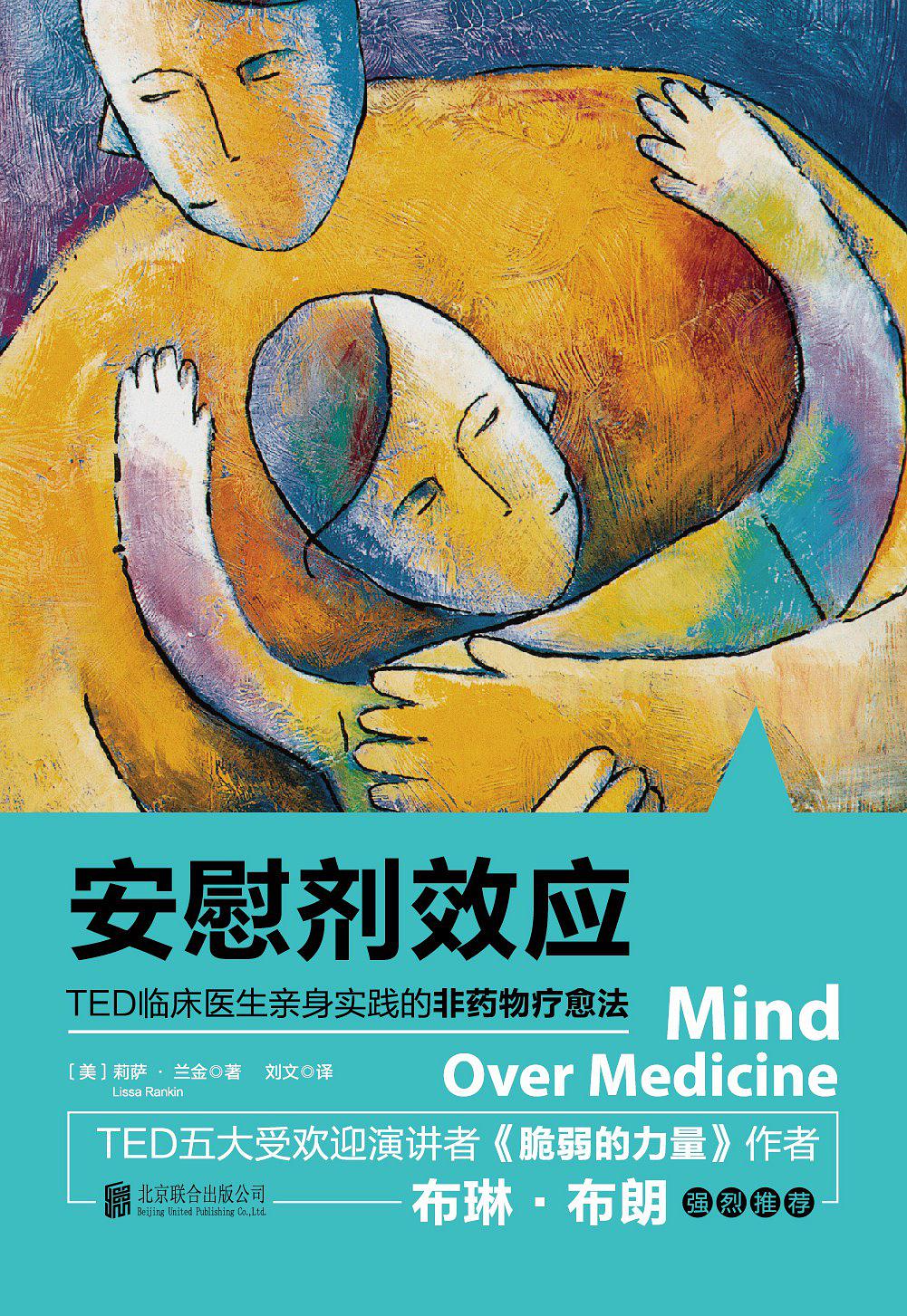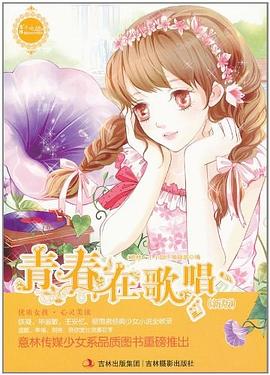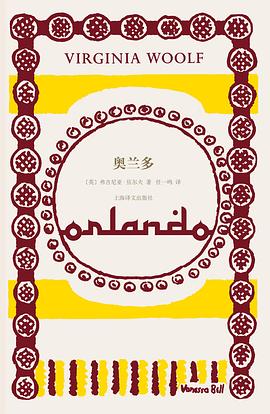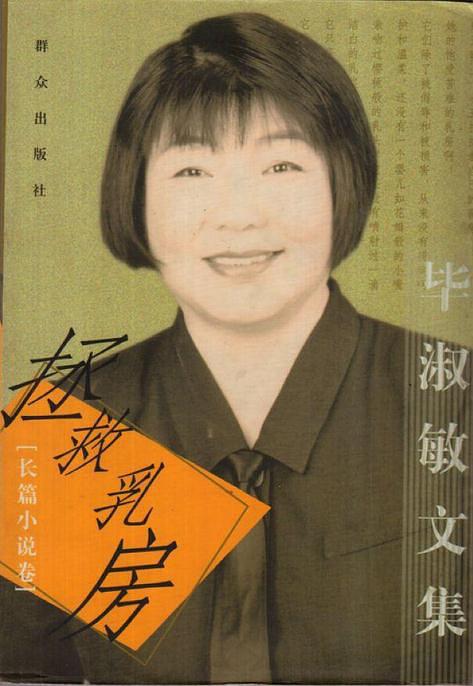Mary Barton
内容简介
Mary Barton is a novel with an author, genre, plot and conclusion marked by tension, opposition and conflict. It exists on the event horizon between the British industrial and agricultural economies, between Tory Anglicanism and the non-conformist Whigs, between employers and works and, finally, between women and men. The original title was to have been John Barton, but was changed later to its present form. Yet, critics reading it today find its narrative to fall, as did the original publication, into two books,with the first following the descent of John Barton and the other the ascendancy of his daughter, Mary.
The first half follows John's union activities and the industrial upheavals of 1840s Manchester. Its strong sympathies for the labor class, use of their crude language and description of their nauseating living conditions caused many to criticize the novel, despite Charles Dickens' praise.
The second half of the novel exposes the conflicting Victorian ideals of womanhood. Through the characters of Esther Barton, a prostitute, and Mary Barton, a vain and naive girl who transforms into a capable woman, Gaskell sets up a framework for feminism. Though on the surface an English Provincial novel in the fashion of Jane Austen, Charlotte Bronte and George Eliot, Mary Barton rewards multiple readings by revealing webs of inner conflict that both affirm convention and whisper rebellion.
......(更多)
作者简介
......(更多)
目录
......(更多)
读书文摘
......(更多)






